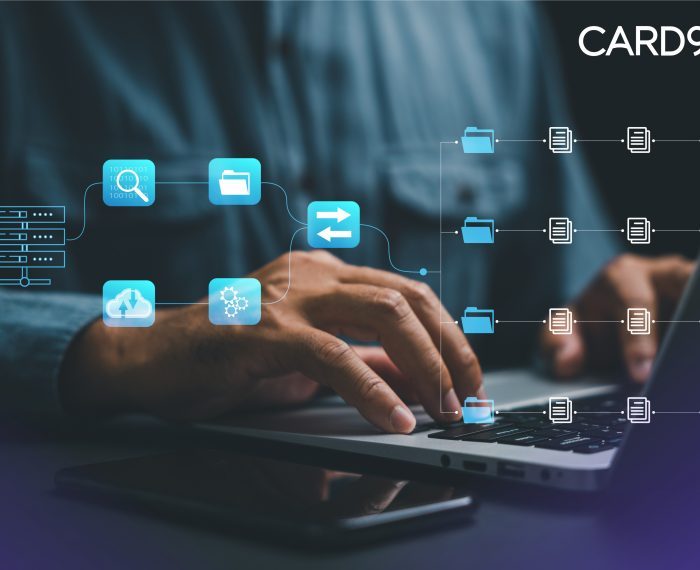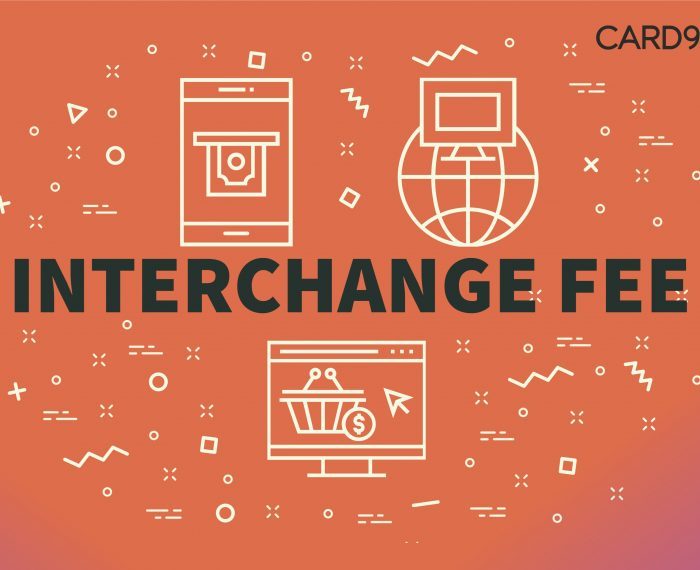What is UPI Lite?
The National Payments Corporation of India (NPCI) is working on a new solution called UPI Lite that will allow small digital payments to be made without the need for an active internet connection. The RBI announced on January 5 that digital payments of up to ₹200 could be made without an internet connection.
How does it work?
UPI Lite will allow feature phone users to use their phones to connect to UPI networks and make digital payments directly from their bank accounts. There are currently two key solutions being evaluated. The first is a SIM Overlay, while the second is a software-provisioned solution that will use Over-the-Air (OTA) updates.
SIM Overlay is a technique that extends a phone’s SIM card’s capabilities, allowing payments and other services to be completed even when there is no data connection. On the other hand, OTA will deliver the solution straight to the device’s firmware.
Users will be required to create a 4-digit or a 6-digit pin, depending on the protocols implemented by their banks. Payments made via the SIM overlay technique will be routed through the NPCI’s UPI system to servers operated by the NPCI, and transactions will then take place over the standard UPI network. Instead of using the internet, the entire procedure will run over SMS networks.
How does it affect the Indian ecosystem?
Since the demonetisation of banknotes in 2016, India has experienced a surge in digital payments. According to a survey, tier-II and -III cities in India accounted for more than half of all online transactions in the quarter ending March 2021. In villages and towns, though, cash still reigns supreme.
According to an industry expert, an alternative, secure, low-cost mode of payments with a near-cash-like characteristic will be provided by small value offline mode for digital payments, improving consumer confidence as a preferred option for small retail payments. It has the potential to promote various creative retail payment use cases, such as tickets, product bundling and non-standardised pricing.
Given that feature phones still account for half of the market, this will improve payments in areas where internet penetration is low.
This is not the first time the NPCI has attempted to promote offline payments in rural areas. In 2012, it launched UPI-led offline payments over Unstructured Supplementary Service Data (USSD) networks. However, due to SMS charges, it failed to take off in a large way.
According to NPCI data, the USSD system was used for transactions worth ₹1.21 lakh in 2021. Around 83 banks were using the USSD system as of December 2021.
If NPCI’s current experiments go as planned, about 350 million feature phone users in India will be able to make digital payments without the need for an internet connection.






